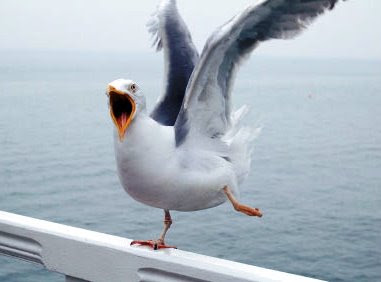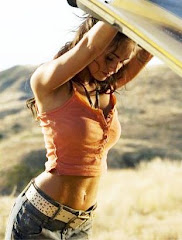
When was the last time you saw a pair of beauties like this hanging outside a house? They really are the (HMV dogs) nuts aren't they. They're commonly referred to as egg insulators (not dog's eggs, so no sniggering at the back please).

Apologies to those who do know, but for those who don't they are radio aerial, or antenna insulators, used to prevent loss of the radio signal to earth in old style long wire aerials, when receiving your actual BBC Light Programme, or if you preferred, the World Service, VOA, Radio Moscow/Prague/Luxembourg and so on.
Aerial insulators are still used to this day by aficionados of old radio sets, listeners to the short wave and by radio amateurs, a-transmitting and a-receiving worldwide.
Antenna arrays used by those folks can be complex, but for domestic listening pleasure, the general configuration was to have one end fixed to the house, and the other attached to a tall pole at the end of the garden, with the wire hanging between the insulators.
Here's a diagram of the typical installation you might remember seeing at your house. It's in Italian, so let's say it's to honour Guglielmo Marconi.

So a setup like the one in my photo at the top of the post would usually be for a home radio receiver. It would have been a feature of a vast number of Britain's houses from the 1930s through to the 1960s, when transistor radios started to take over, because the long wire aerials were usually required for Radio Sets using valves - perhaps an Ekco, Defiant, Grundig, Cossor, HMV, Pye, Bush, Phillips or a Marconi. Perhaps you or someone you know had one. Perhaps you still do!
But the aerial isn't all that you need to get the best from your old radio. You also need to get the radio signal through your (wooden) window frame to the radio inside the house, without earthing the wire and losing the signal. For this you need an insulator - this one is the typical paxoline tube with a copper thread running through it.

Finally, an earth point is required, in order to set up a good signal flow between the broadcast transmitter and the radio receiver - which are linked together by the earth potential of the, er, Earth.

Now you're all set to go - sit back and enjoy the mellow tones, and, have a Happy Easter!
Click to enlarge pic Click to enlarge pic
Click to enlarge pic Click to enlarge pic
Click to enlarge pic
For those that need more nostalgia there are many websites about old radios, for example
this one, from the U.S.

































